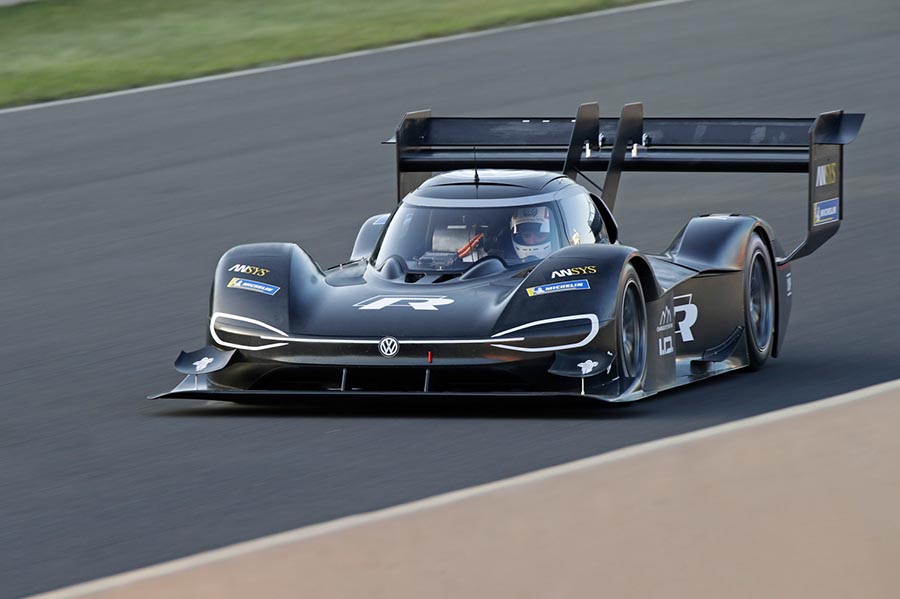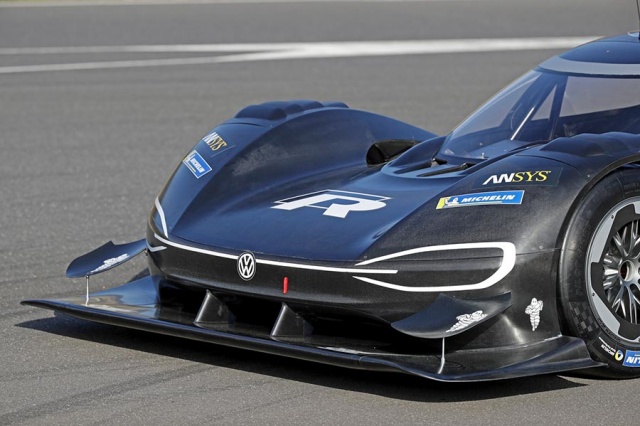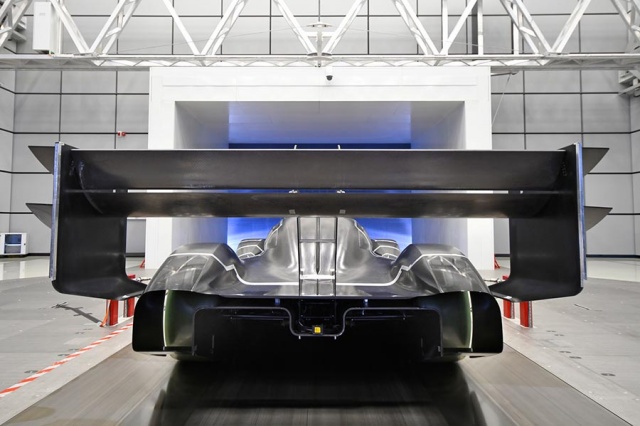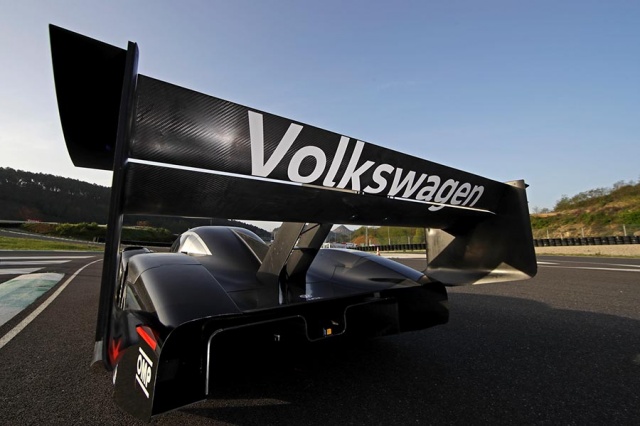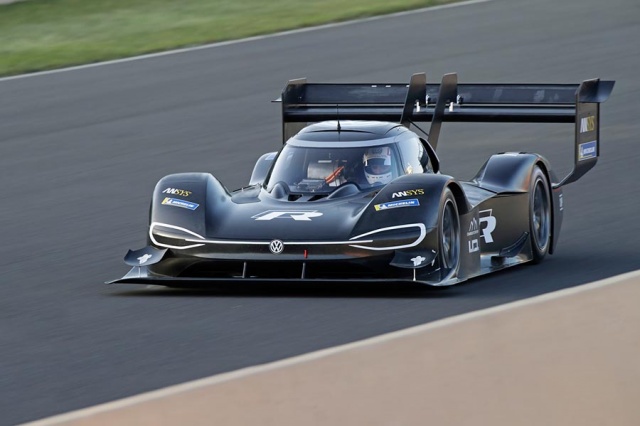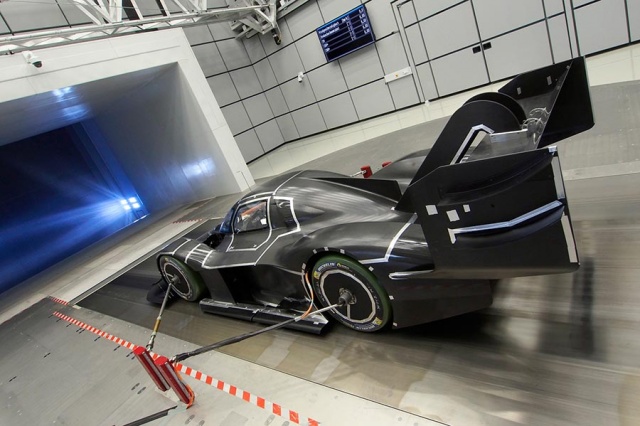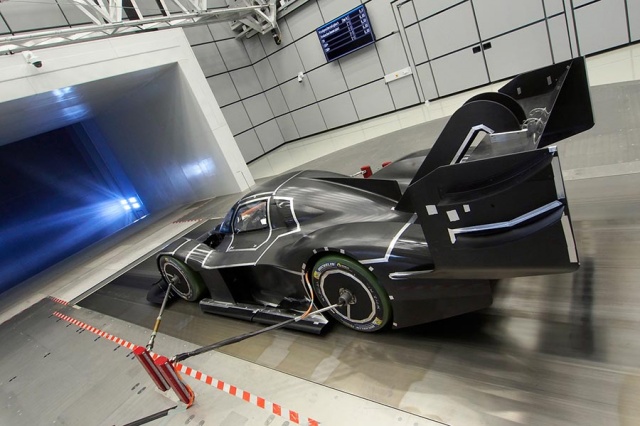What's the news?
Volkswagen, looking to take on the most daunting hillclimb in the world with its monster ID R Pikes Peak electric car, has lifted the lid on the aerodynamic challenges the 500kW (680hp) EV will face on the Coloradan mountain.
François-Xavier Demaison, technical director at Volkswagen Motorsport and project manager for the ID R, said: "The start line is located at an altitude of almost 2,900 metres, with the finish at 4,300 metres above sea level. The low air pressure up there means that the aerodynamic conditions are different to those at a racetrack on flat land."
However, there's some good news, as the regulations for the Pikes Peak hillclimb are fairly relaxed - meaning the Volkswagen engineers have more leeway with which to design the chassis and rear wing of the ID R.
But the 19.99km drive up the summit of Pikes Peak only sees the car reach a top speed of about 240km/h, with the ID R capable of far higher top speeds. Demaison added: "For this reason, we concentrated mainly on achieving optimal cornering speeds. The entire chassis is designed to generate as much downforce as possible, without causing too much aerodynamic drag."
Much of the work in developing the ID R has taken place in the Porsche wind tunnel at Weissach, where a 1:2 scale model was used to test a host of different variants of the Pikes Peak racer - resulting in THAT rear wing as part of the aero package. Willy Rampf, the technical consultant on the project, added: "The altitude on Pikes Peak means that the air we are driving through is on average 35 per cent thinner. As a result, we lose 35 per cent of our downforce compared to a racetrack at sea level. The huge rear wing allows us to compensate for some of this lost downforce. The imaginative aerodynamic development means that we will still achieve maximum downforce greater than the weight of the car during the hillclimb."
Thankfully, the fact the ID R is electric means it doesn't need a load of cooling for its engine, to the aid of aerodynamic efficiency. And, when it comes to making parts in short order, the use of a 3D printer allowed the Volkswagen development team to create 'about 2,000 parts' very quickly.
Anything else?
The ID R's first run up the route will be at the end of May, while Romain Dumas gets the honour of preparing for the actual hillclimb on June 24. Volkswagen is hoping to break the record in the class for electric prototypes, which stands at 8:57.118 minutes.
You can watch a video on the ID R's aerodynamics right here.
<iframe src="https://www.youtube.com/embed/GtvEQ9JzqC8" width="560" height="315"></iframe>

